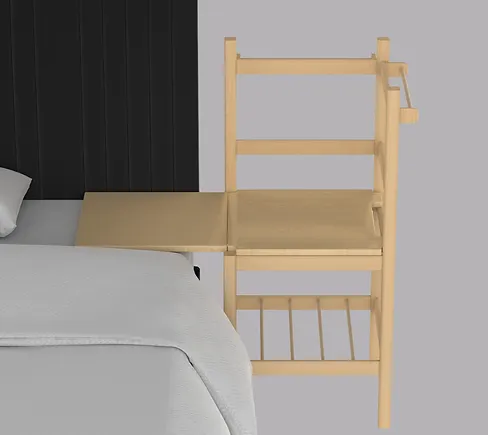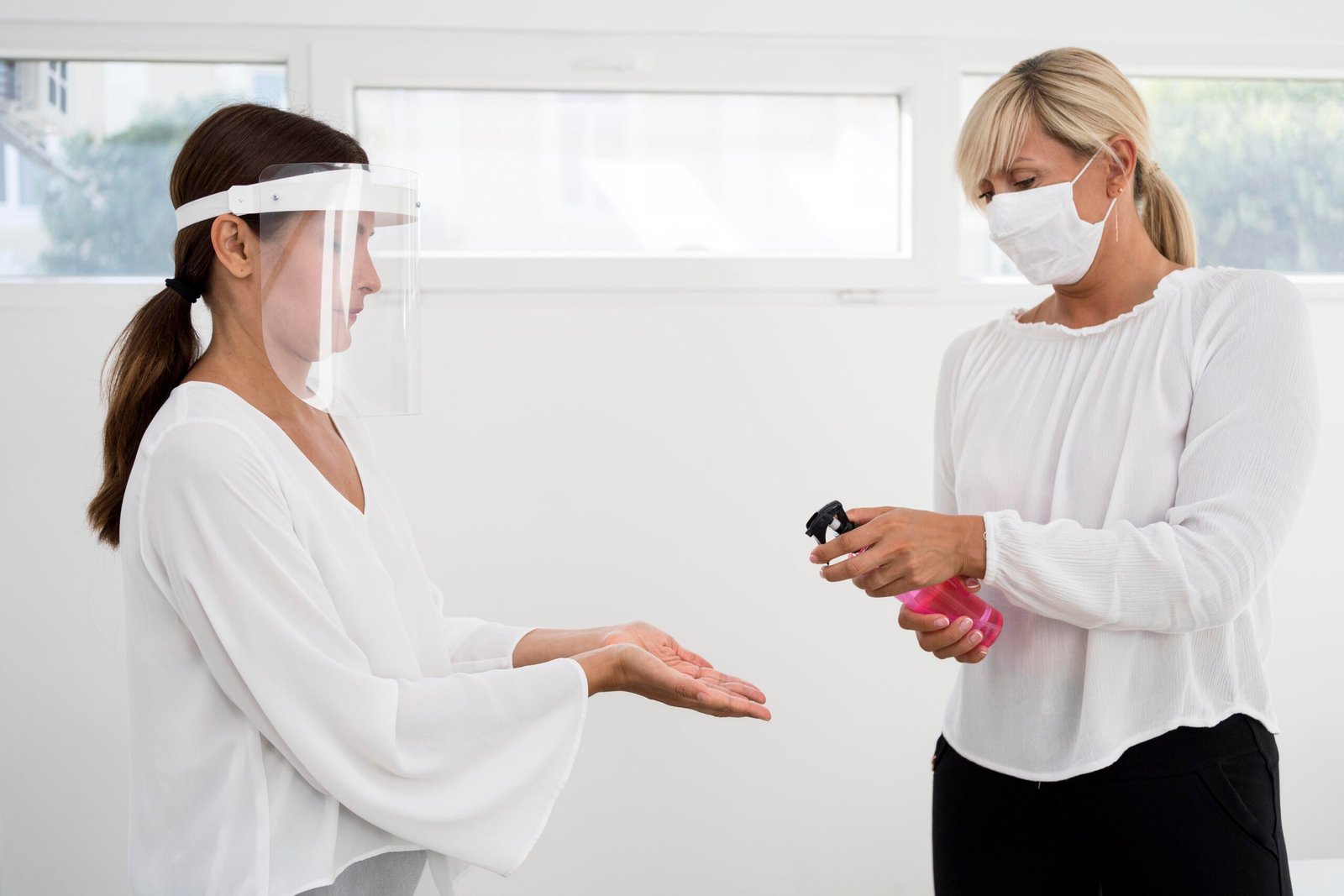Bed mobility, the ability to move in and out of bed, is a fundamental aspect of daily living. For individuals with physical limitations, mobility aids play a crucial role in maintaining independence and improving quality of life. This article delves into the various types of bed mobility assistive devices used in healthcare settings.
Common Bed Mobility Assistive Devices
-
Transfer Boards:
- Purpose: Facilitate transfers between surfaces, such as from bed to wheelchair or toilet.
- Types:
- Hard boards: Provide a firm surface for sliding.
- Friction-reducing boards: Use a slippery surface to minimize friction.
- Benefits: Reduce the risk of skin shearing and pressure ulcers.
-
Slide Boards:
- Purpose: Similar to transfer boards, but designed for transfers over longer distances.
- Types:
- Straight slide boards: Used for transfers in a straight line.
- Angled slide boards: Allow for transfers around corners or obstacles.
- Benefits: Provide a smooth and controlled transfer.
-
Transfer Belts:
- Purpose: Assist in providing support and stability during transfers.
- Types:
- Standing transfer belts: Used for transfers from a seated position to a standing position.
- Sitting transfer belts: Used for transfers from bed to wheelchair or toilet.
- Benefits: Enhance safety and reduce the risk of falls.
-
Hoyer Lifts:
- Purpose: Used for transfers of individuals who are unable to assist themselves.
- Types:
- Mobile Hoyer lifts: Can be easily moved around a room.
- Ceiling-mounted Hoyer lifts: Provide overhead support for transfers.
- Benefits: Minimize strain on caregivers and reduce the risk of injuries.
-
Gait Belts:
- Purpose: Provide support and stability during ambulation.
- Types:
- Standard gait belts: Used for general support.
- Repositioning gait belts: Used for transferring individuals from a seated position to a standing position.
- Benefits: Enhance safety and reduce the risk of falls.
-
Transfer Poles:
- Purpose: Provide additional support during transfers.
- Types:
- Single transfer poles: Used for one-sided support.
- Double transfer poles: Used for bilateral support.
- Benefits: Improve balance and stability.
Factors to Consider When Selecting Bed Mobility Devices
- Individual needs: Assess the patient’s physical abilities, functional limitations, and medical conditions.
- Caregiver capabilities: Consider the caregiver’s strength, endurance, and training.
- Environmental factors: Evaluate the physical layout of the home or healthcare setting.
- Cost: Determine the budget available for purchasing and maintaining assistive devices.
Benefits of Bed Mobility Assistive Devices
- Improved independence: Enable individuals to perform daily activities more independently.
- Reduced risk of injuries: Minimize the risk of falls and other accidents.
- Enhanced quality of life: Improve overall well-being and participation in activities.
- Reduced caregiver burden: Decrease the physical and emotional strain on caregivers.
By carefully selecting and using appropriate bed mobility assistive devices, healthcare professionals can help individuals with physical limitations achieve greater independence and improve their overall quality of life.
Read More: https://empireadda.com/



